History of Currency
200 - 1000
Bartering System of the Maya
Maya cities flourished all through Belize from 200-800. There was a marked cultural decline in Southern and Central American in 900-1000. These first inhabitants of Belize bartered for goods using cacao beans, bones, jades, and tiny figurines as money.
1700s - 1800s
The Settlement
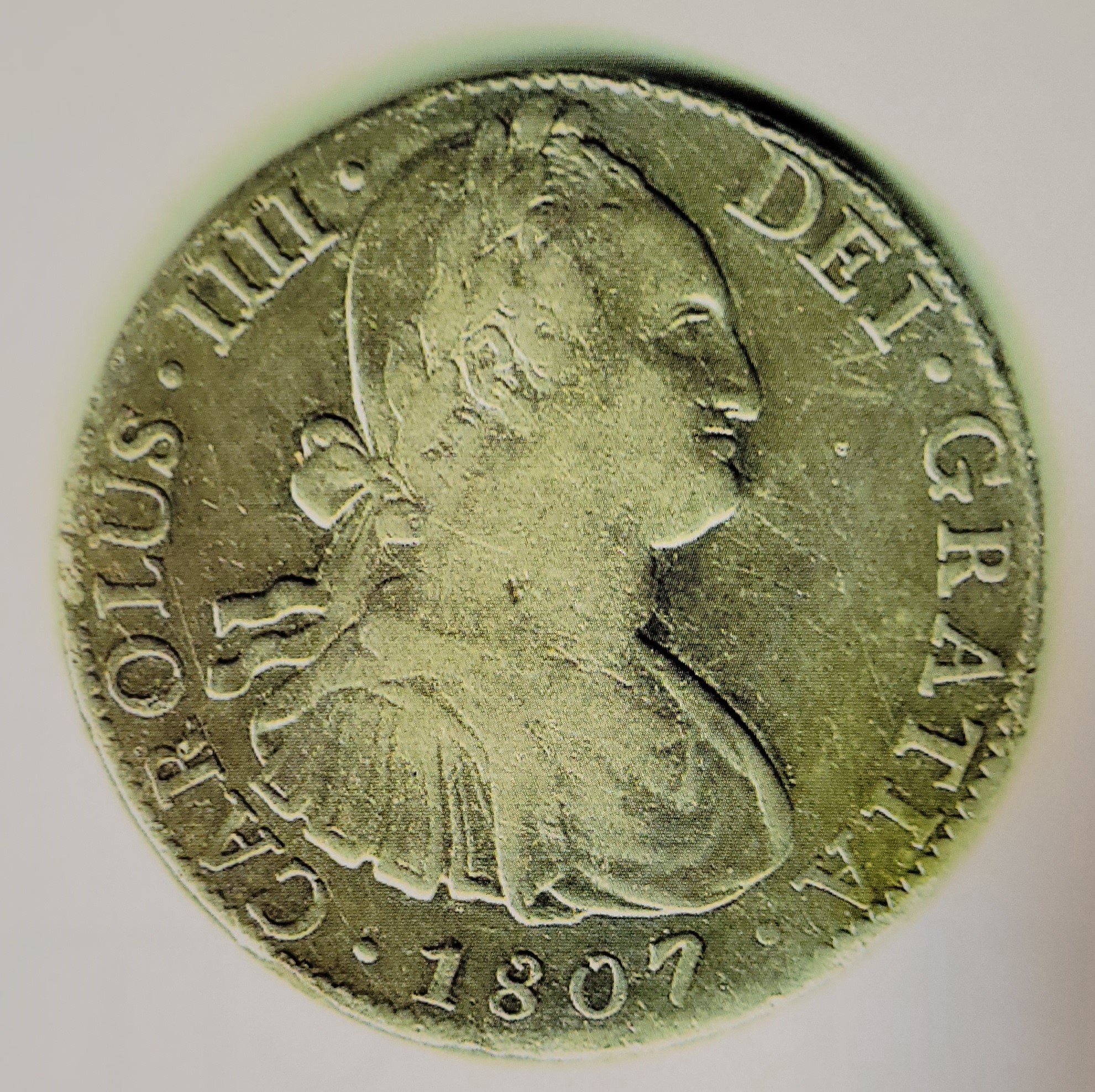
With the earliest European settlers, British currency was used for money transactions. An extract from Belizean Archives tells the story that the earliest law passed about currency dates to 19 June 1784, when the Jamaica currency was established as legal tender. This law was enforced for sixty years. In 1849, the copper coin of the United Kingdom was declared legal tender, and in 1853, the Superintendent of the colony, Sir Philip Wodehouse, proclaimed that United States dollars could be accepted. At that time, Spanish, Mexican, and Colombian currency were in circulation. The currency continued in this manner until it changed in 1884, when the notes and dollar systems were consolidated. It is reported that this change of currency set off a riot in December of 1884.
Late 1800s - Early 1900s
The Colony of British Honduras
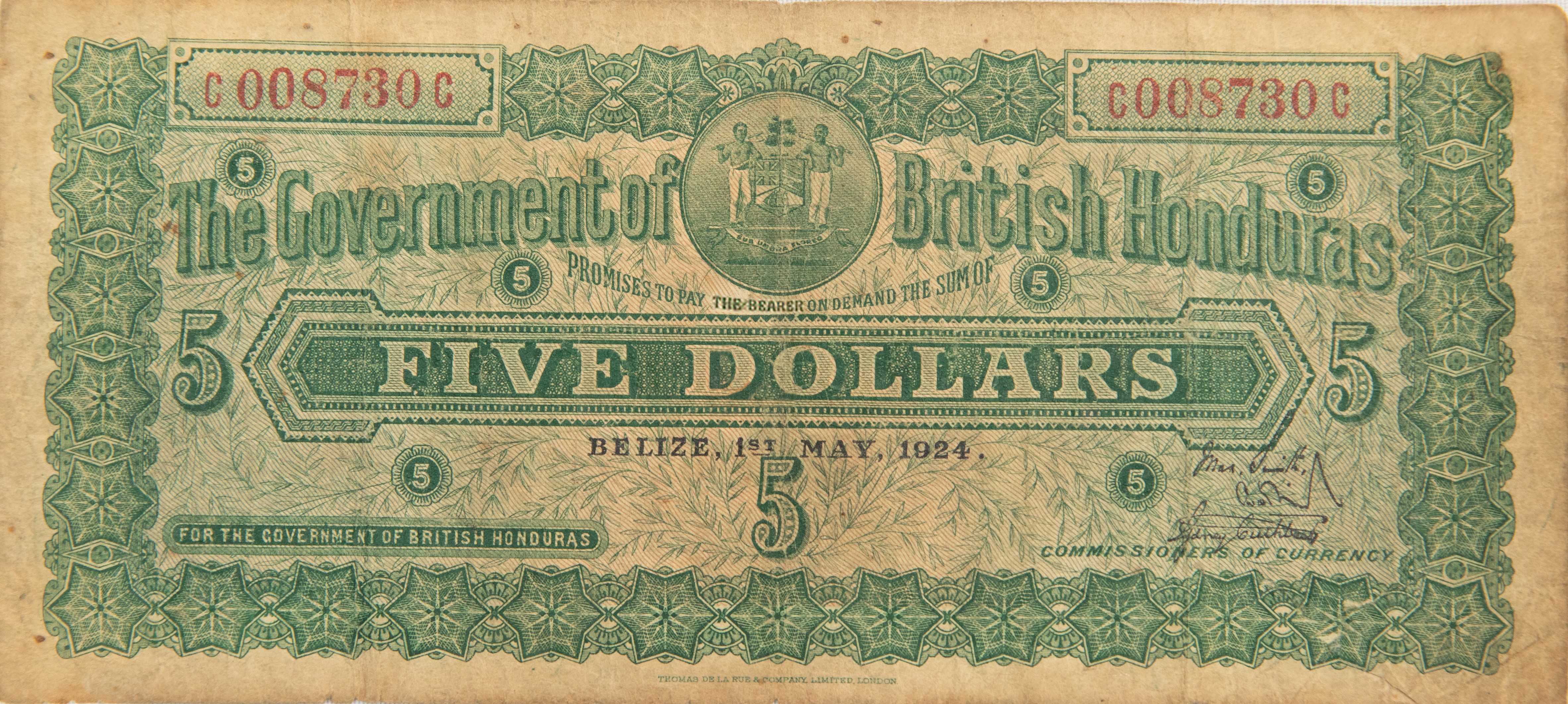
Up to 14 October 1984, the coins in circulation were principally South and Central American and American Silver Dollars, as well as the various denominations of English - silver and bronze - currency. Up to 1894, there was no paper currency. By Ordinance No. 31 of 1894, the currency was established on a gold basis. Legal tender was established as local subsidiary currency of 50 cent, 25 cent, 10 cent, and 5 cent silver pieces; a nickel bronze 5 cent piece and a bronze cent piece; alongside the American Dollar and the British sovereign and half-sovereign.
There was also a local note issue of the following denominations: 1, 2, 5, and 10 dollars. The issue was fully secured by a Gold Reserve and Invested Funds. The custody and care of Currency Funds of the Colony was vested in a body appointed by the Governor in Council and styled by the Commissioners of Currency. The Board of Commissioners of Currency (Currency Board) operated from 1894 to 1976.
Mid-1900s
Use of the Monarchy
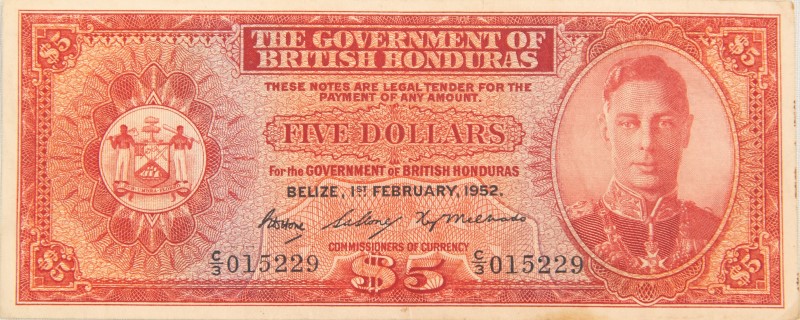
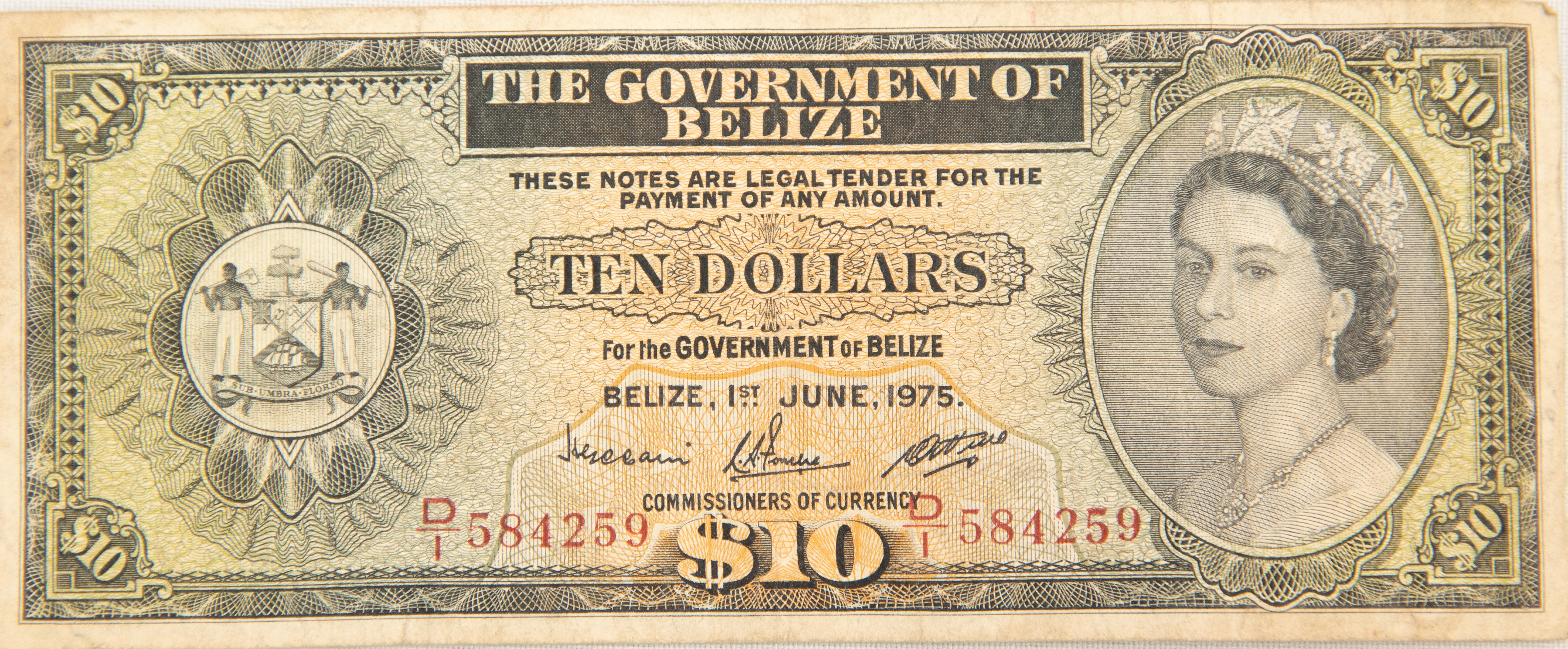
With the establishment of the Currency Board, there was an issuance and standardization of paper currency. The design evolved to include the use of the British Monarchy.
1976
Currency of the Monetary Authority
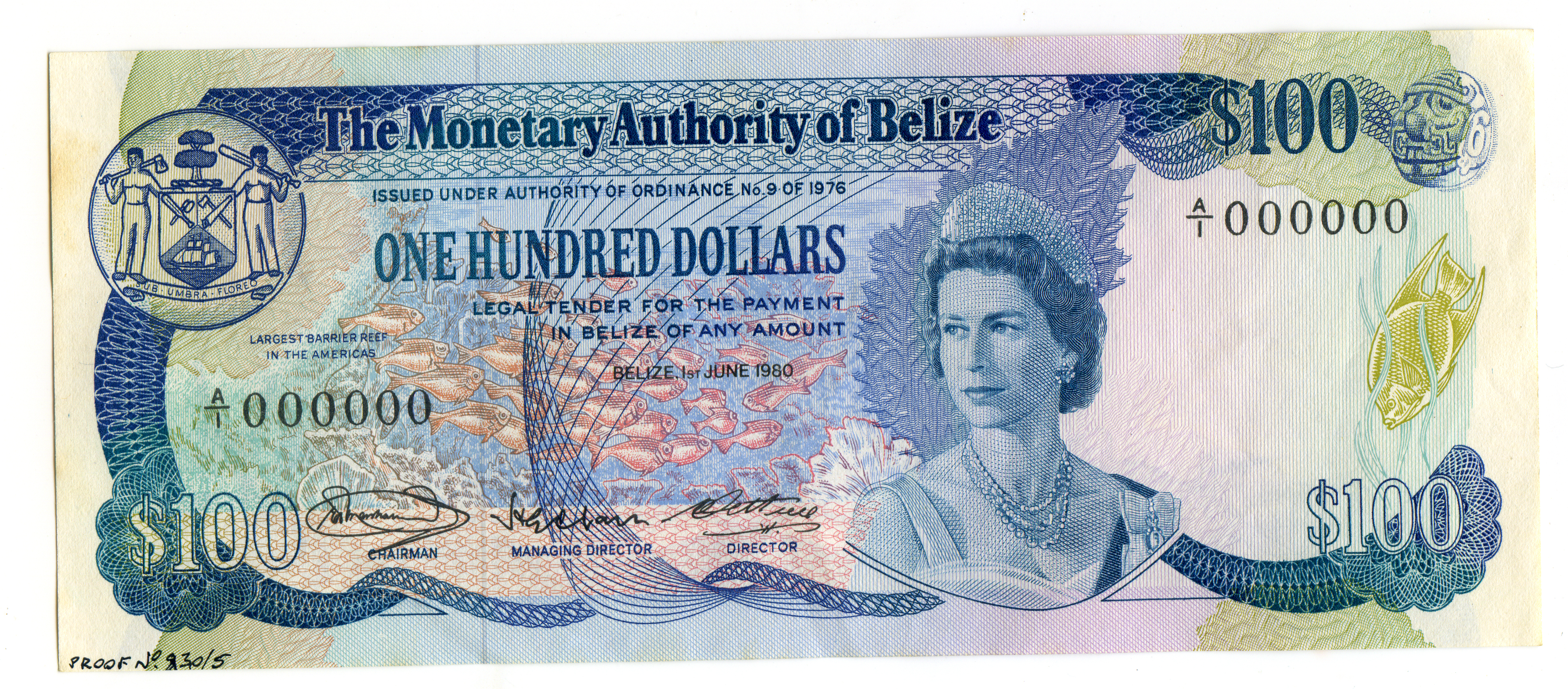
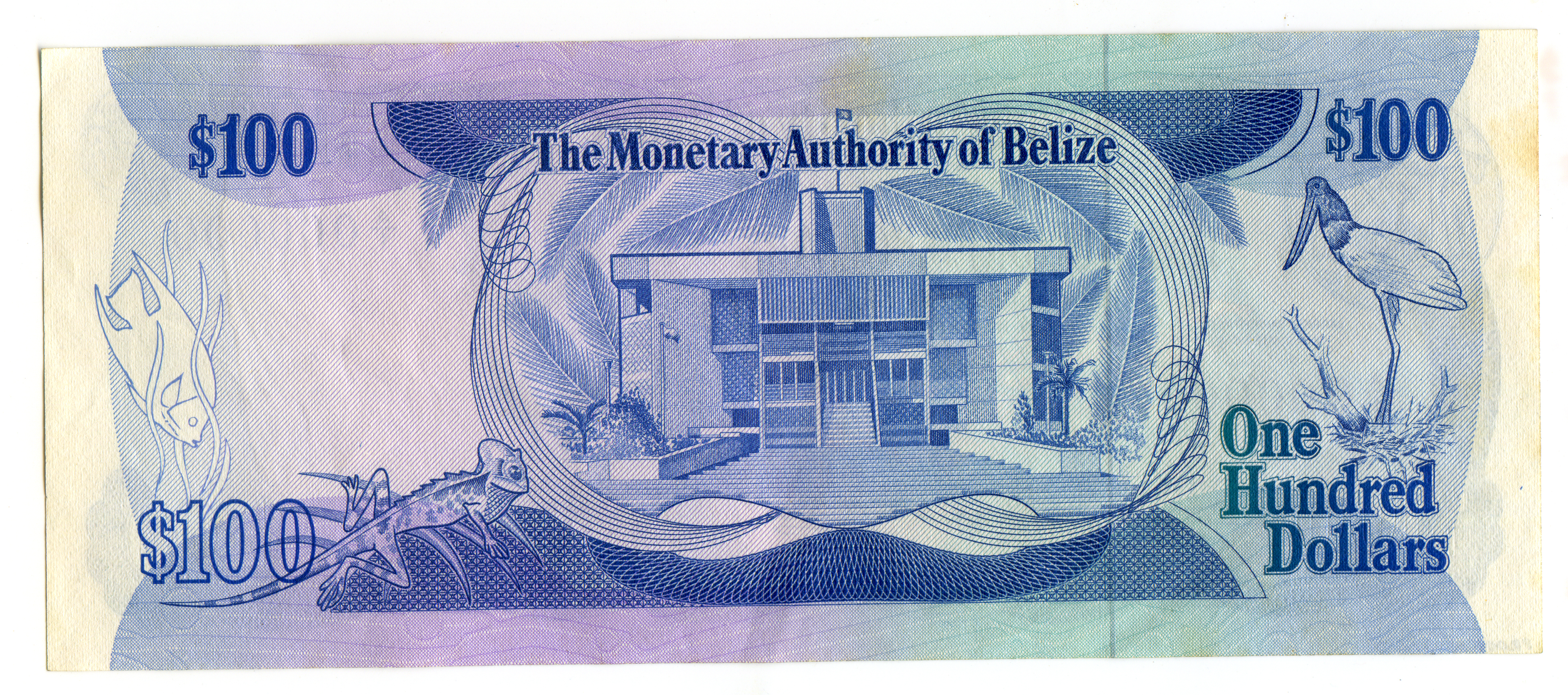
In 1976, the Monetary Authority Ordinance was passed, establishing the Belize Monetary Authority. The transition from the Currency Board to the Belize Monetary Authority created the way for the start of a domestic money market. Notably, effective 16 June 1977, the Belize Monetary Authority set the minimum and maximum selling rate for commercial banks. The family of notes featured a young Queen Elizabeth II.
1983 - Present
Modernization
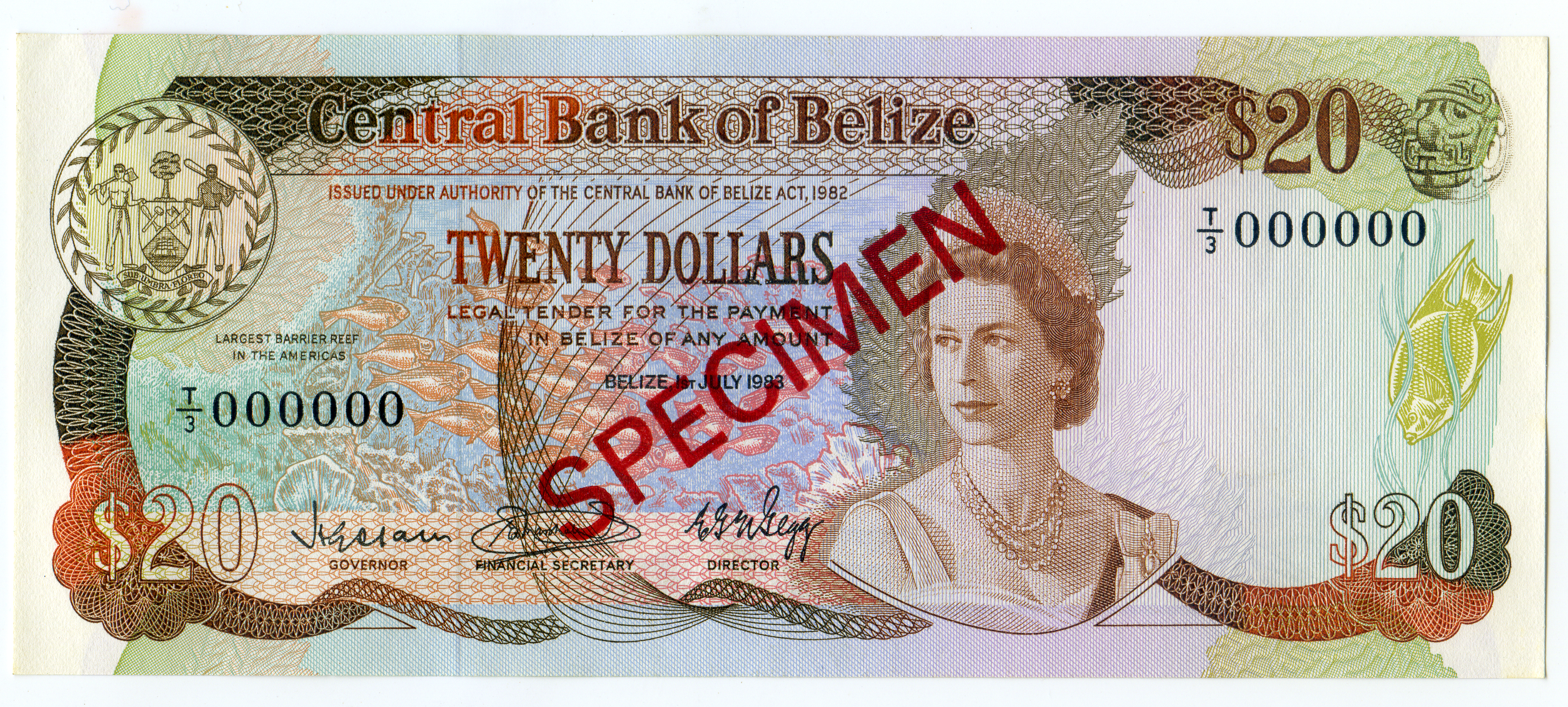
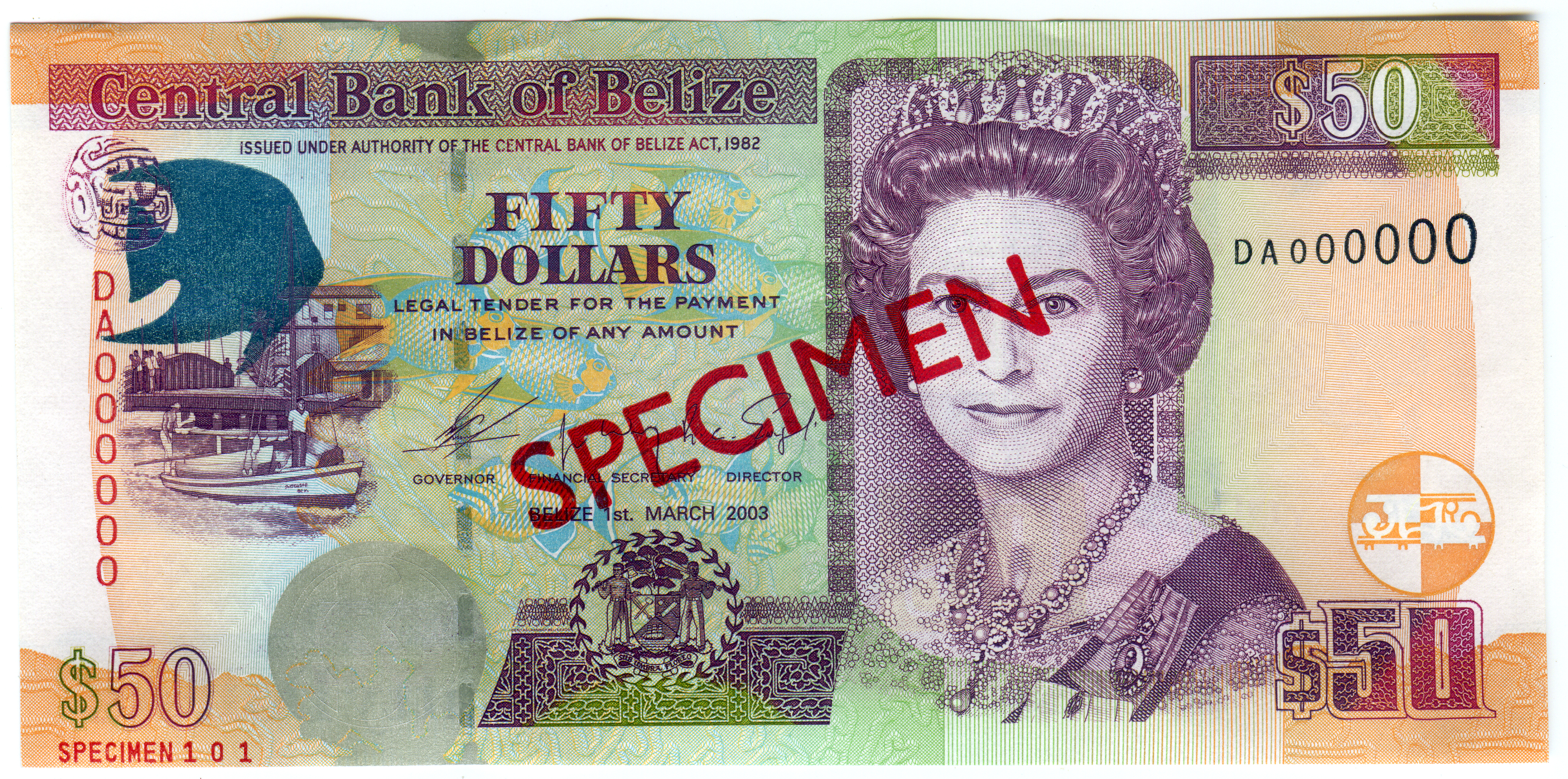
The Central Bank of Belize was established on 1 January 1982 as the successor to the Monetary Authority of Belize. In 1983, the Central Bank put into circulation its first issue of banknotes bearing the words “Central Bank of Belize." This issue under the Central Bank maintained the design of banknotes issued under the Monetary Authority of Belize. The design theme of these notes highlighted Belize’s birds, animals, marine life, and buildings. The Central Bank continues to upgrade its family of banknotes to make them more secure against advancing technologies. The design also changed to include an older image of Queen Elizabeth II.
